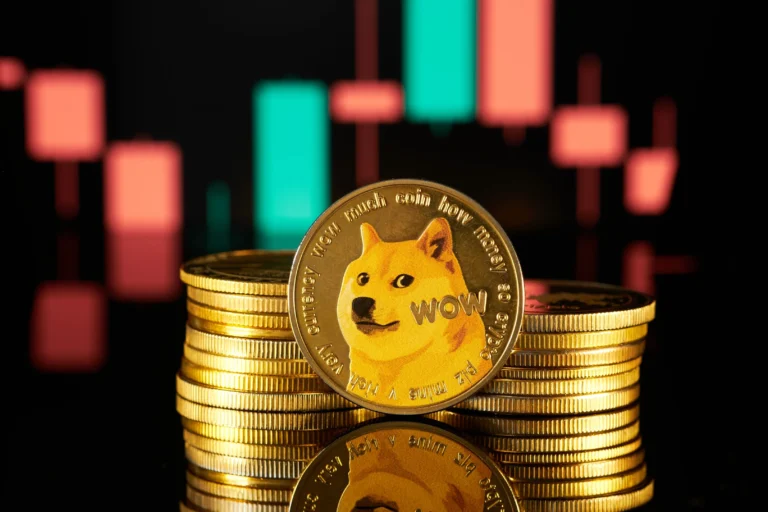Dogecoin (DOGE) with the image of a Shiba Inu dog called Kabosu as its logo, is one of the most popular and successful memecoins. It is considered an altcoin and was launched in December 2013.

Cryptocurrency in the future may become an asset for storing capital
Global investment industry analysts say that cryptocurrency in the future may replace gold as a capital storage asset.
As an example, the very first cryptocurrency Bitcoin (BTC) is cited, the issue of which is limited to 21 million coins and is no longer issued. In comparison with gold, which is still mined on planet Earth, and the cost of which is directly linked to the amount of precious metal being mined, the Bitcoin cryptocurrency does not have such a link, since its release has been stopped for a long time, which in turn increases the cost of the cryptocurrency due to its limited quantity.
For comparison and a simpler explanation, let's take an example: on the surface of the planet Earth, there are only 7% of inhabited land. Today, more than 7 billion people live on this land. The cost of a square meter of land has its own abstract price, and when there are more people, and the demand for land is higher, due to need, the cost per square meter of land increases significantly because the land is no longer produced, and there are more people who want to buy it. Similarly, with the cryptocurrency, that has been stopped issuing.
Gold and a more precious metal such as platinum, for example, have a number of disadvantages that will make it lose its position as the leader of the financial market regulator in the future. It is known that each real currency is backed by a piece of gold, to which it is equivalent. This means that the distribution of gold resources among all of humanity depends precisely on this part of the gold content in the face value of each of the currencies. Precious metals have already been mined so much all over the world that it has become quite inconvenient to distribute them. Cryptocurrency is very well suited for the role of "digital gold", because thanks to blockchain technology, it will not be speculative, and will not require physical transportation of a real resource to the destination of payment. You don't need to be an expert to understand that the usability of a new digital asset is much higher than that of its physical counterpart. Experts predict that it will take humanity about 20 years to come to the conclusion that in the future gold will be replaced by cryptocurrency. It is also predicted that Bitcoin will become the new “digital gold” on the world stage.
Recommended to read: Is social media making the future of cryptocurrencies?
Start your crypto exchange with Coin24

Exchange BTC, ETH, USDT and more — cash or card

Secure and fast crypto exchange since 2018



